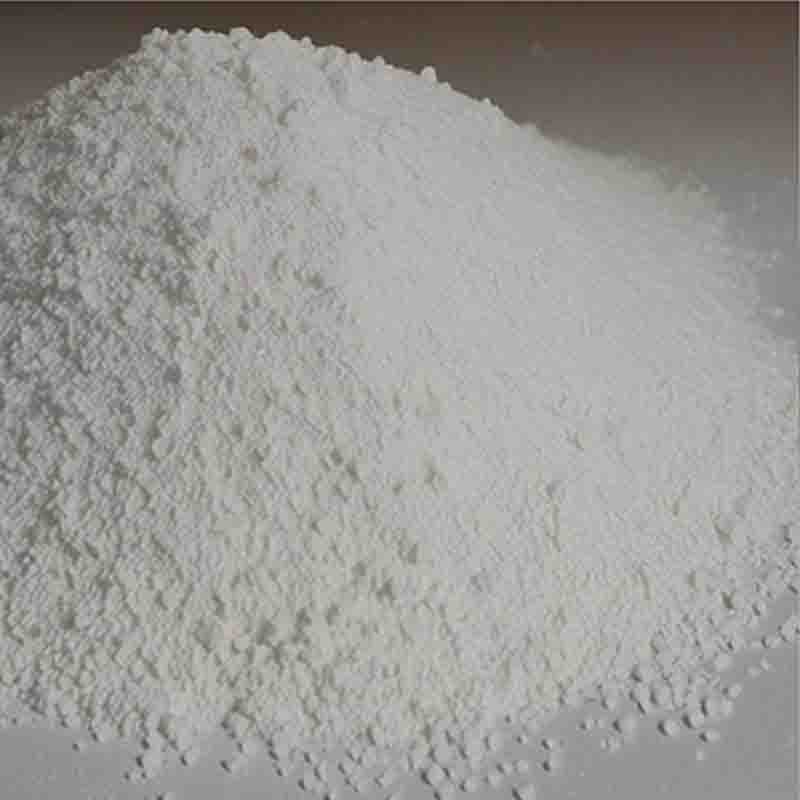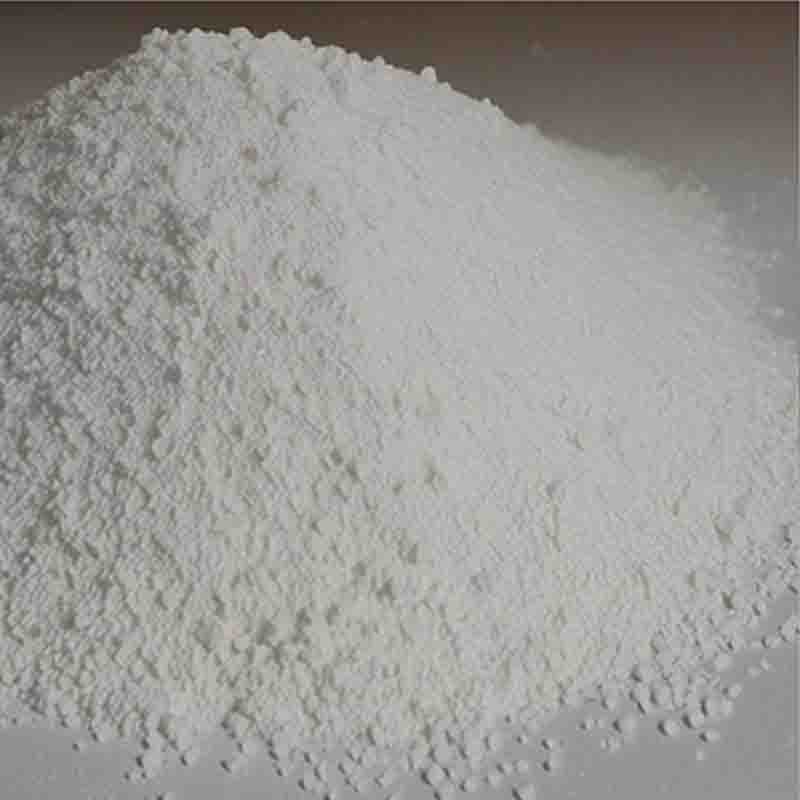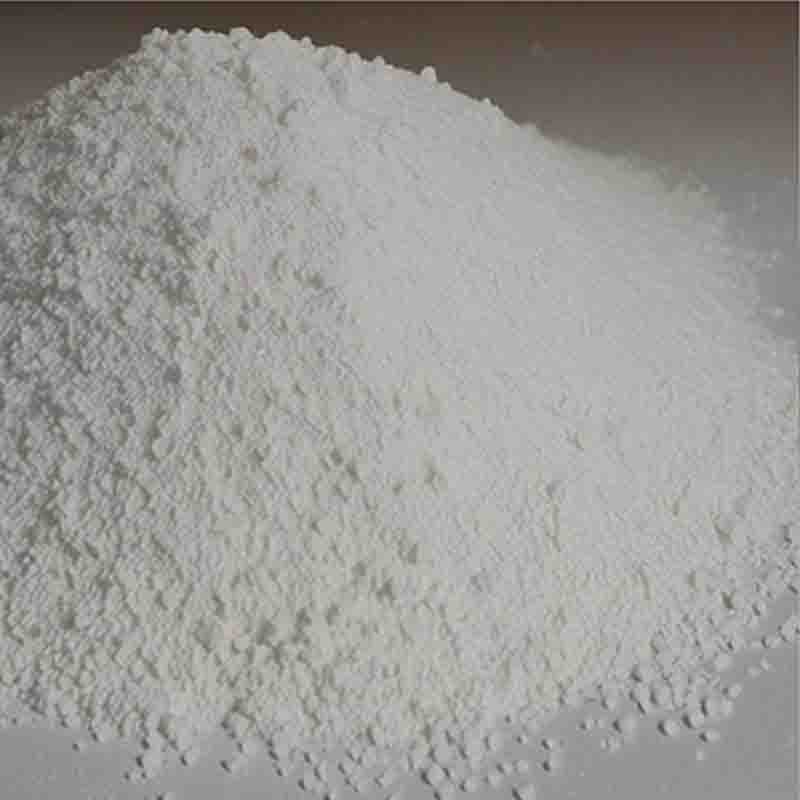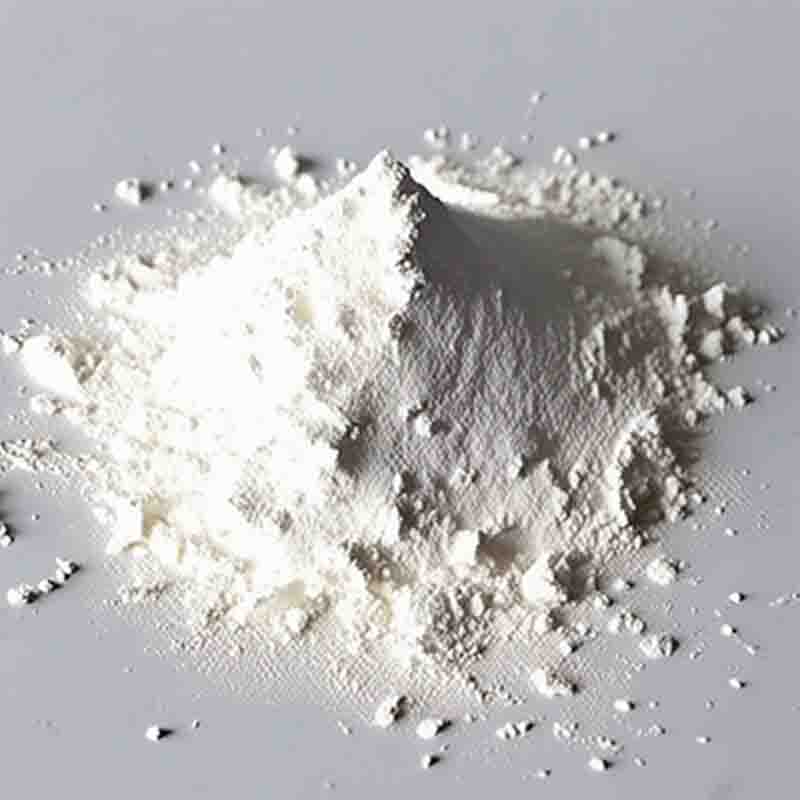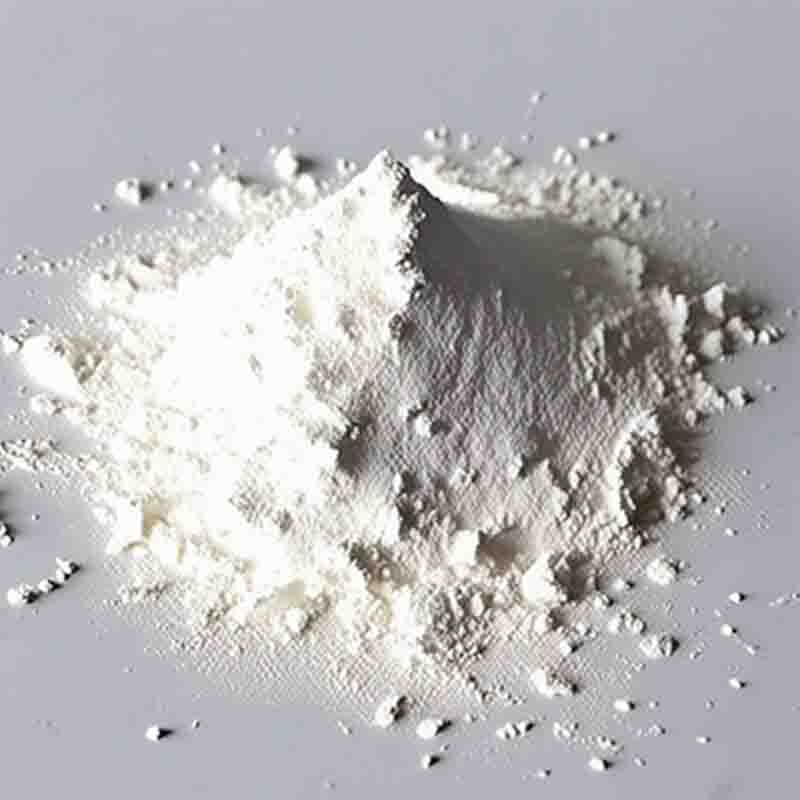2-butyl-4-chloro-4,5-dihydro-5-hydroxymethyl-1-[2'-(2-triphenylmethyl-1,2,3,4-2H-tetrazol-5-yl)-1,1'-biphenyl-4-methyl]-1H-imidazole CAS:133909-99-6
| Catalog Number | XD96278 |
| Product Name | 2-butyl-4-chloro-4,5-dihydro-5-hydroxymethyl-1-[2'-(2-triphenylmethyl-1,2,3,4-2H-tetrazol-5-yl)-1,1'-biphenyl-4-methyl]-1H-imidazole |
| CAS | 133909-99-6 |
| Molecular Formula | C41H37ClN6O |
| Molecular Weight | 665.23 |
| Storage Details | Ambient |
Product Specification
| Appearance | White powder |
| Assay | 99% min |
The compound 2-butyl-4-chloro-4,5-dihydro-5-hydroxymethyl-1-[2'-(2-triphenylmethyl-1,2,3,4-2H-tetrazol-5-yl)-1,1'-biphenyl-4-methyl]-1H-imidazole is a complex molecule with a unique structure that suggests potential therapeutic effects. Although limited specific research is available on this compound, we can discuss its potential effects based on the structural elements and properties it possesses.The presence of a tetrazole group in the compound's structure suggests possible pharmaceutical applications. Tetrazoles have been studied for their diverse pharmacological properties, including antimicrobial, anticonvulsant, antihypertensive, and anticancer activities. They are known for their ability to interact with biological targets, such as enzymes and receptors, making them potential candidates for drug development.The biphenyl and imidazole moieties in the compound are also associated with various therapeutic effects. Biphenyl compounds have been investigated for their anti-inflammatory, anticancer, and antimicrobial properties. Imidazoles, on the other hand, are known for their antimicrobial and antifungal activities, as well as their potential as anti-inflammatory agents.The presence of a hydroxymethyl group in the compound suggests potential interactions with biological systems. Hydroxymethyl groups can act as prodrugs that are converted into active metabolites in the body. This functional group can enhance the compound's bioavailability and increase its therapeutic potential.The chloro group in the compound may contribute to its pharmacological effects by modulating its interaction with biological targets. Chloro-substituted compounds have been studied in various therapeutic areas, including antimicrobial, antitumor, and anti-inflammatory applications.The presence of the butyl group in the compound may also affect its pharmacological properties. Alkyl chains can influence the lipophilicity, solubility, and distribution of a compound in biological systems, potentially affecting its absorption, distribution, metabolism, and excretion (ADME) properties.However, it is important to note that specific research on the therapeutic effects of 2-butyl-4-chloro-4,5-dihydro-5-hydroxymethyl-1-[2'-(2-triphenylmethyl-1,2,3,4-2H-tetrazol-5-yl)-1,1'-biphenyl-4-methyl]-1H-imidazole is needed to fully understand its potential applications. Future studies should focus on evaluating its activity against specific targets and elucidating its pharmacokinetic and toxicological profiles to assess its therapeutic efficacy and safety.


![2-butyl-4-chloro-4,5-dihydro-5-hydroxymethyl-1-[2'-(2-triphenylmethyl-1,2,3,4-2H-tetrazol-5-yl)-1,1'-biphenyl-4-methyl]-1H-imidazole CAS:133909-99-6 Featured Image](https://cdn.globalso.com/xdbiochems/白色粉末21709.jpg)
![2-butyl-4-chloro-4,5-dihydro-5-hydroxymethyl-1-[2'-(2-triphenylmethyl-1,2,3,4-2H-tetrazol-5-yl)-1,1'-biphenyl-4-methyl]-1H-imidazole CAS:133909-99-6](https://cdn.globalso.com/xdbiochems/粉末2871.jpg)

